The depths of the world’s oceans hold secrets and treasures that have intrigued humanity for centuries.
Fortunately forhistoryenthusiasts, one of these secrets dubbed the “Holy Grail of shipwrecks” is about to be lifted from the floor of the Caribbean Sea, on the orders of the Colombian government.
A long-sought shipwreck is to be salvaged from the ocean depths, together with its estimated $20 billion worth of treasures
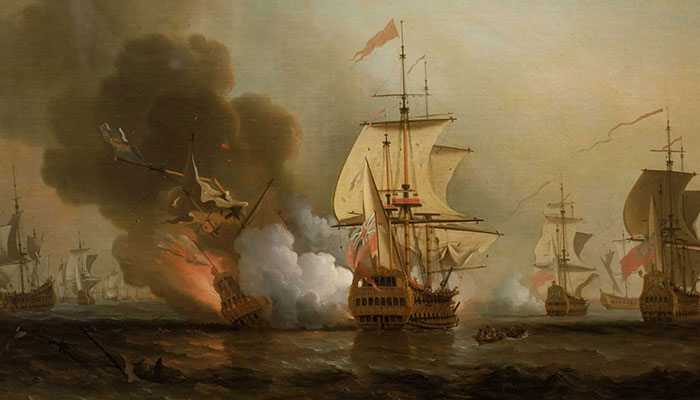
Image credits:Wikimedia Commons
It is widely believed that the sunken Spanish galleon San Jose, which met its watery grave over three centuries ago, held a cargo of approximately 200 tons of riches, comprising gold, silver, and emeralds.
Colombia’s President, Gustavo Petro, has now expressed a strong desire for the retrieval of this shipwreck to be designated as one of the “priorities” of his administration, aiming to accomplish this mission before his term concludes in 2026.
The Minister of Culture, Juan David Correa, informed Bloomberg: ” The president has told us to pick up the pace.”
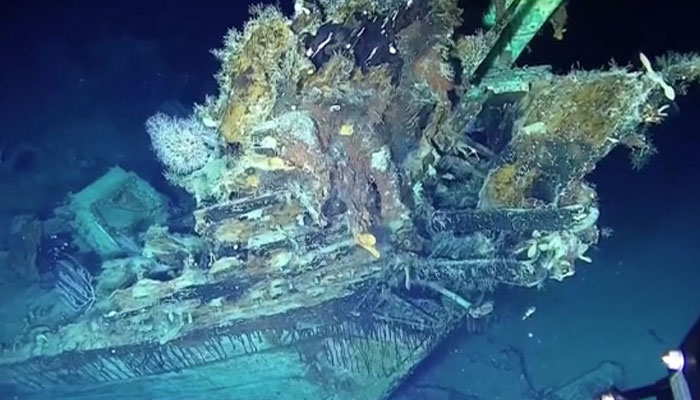
Image credits:Todo Noticias
The commitment to recover the sunken vessel coincides with a lingering disagreement regarding the rightful ownership of the treasure, estimated to be valued between £3.2 billion and £16 billion ($20 billion USD).
Spain and Bolivia’s indigenous Qhara Qhara nation have asserted their claims to this fortune, contending that the wealth was extracted from their ancestors.
Additionally, a salvage company has laid its own claim, asserting it initially located the wreck in 1981.
Spain, Colombia, and Bolivia’s indigenous Qhara Qhara nation have claimed ownership of the treasure
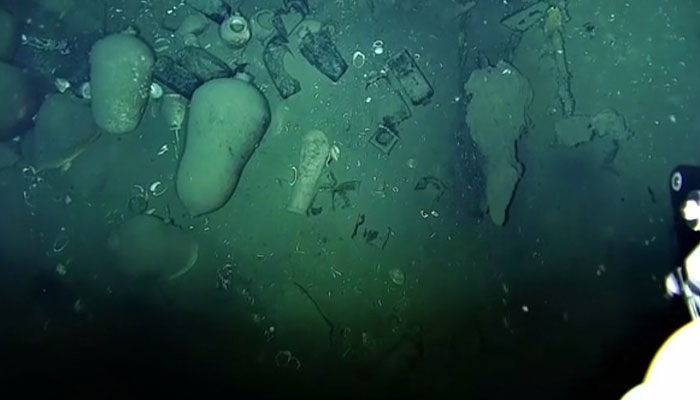
In 2015, the Colombian navy stumbled upon the Spanish flagship near the port of Cartagena along the country’s Caribbean coast,Sky Newsreported.
Upon the wreck’s discovery, the at the time Colombian President Juan Manuel Santos said the treasure was “the most valuable that has been found in the history of humanity.”
Experts believe that the galleon San Jose held a cargo of approximately 200 tons of riches with gold, silver, and emeralds
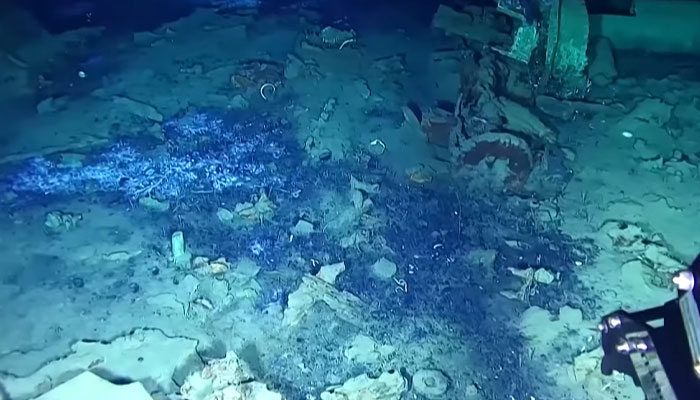
Renowned maritime experts have dubbed this vessel the “Holy Grail of shipwrecks” due to its perceived historical significance, which could potentially shed light on the political, social, and economic landscape of the early 1700s.
The San Jose met its fateful end on June 8, 1708, during the War of the Spanish Succession, as it succumbed to the might of British Royal Navy vessels.
Subsequently, its exact whereabouts remained shrouded in mystery for nearly three centuries.
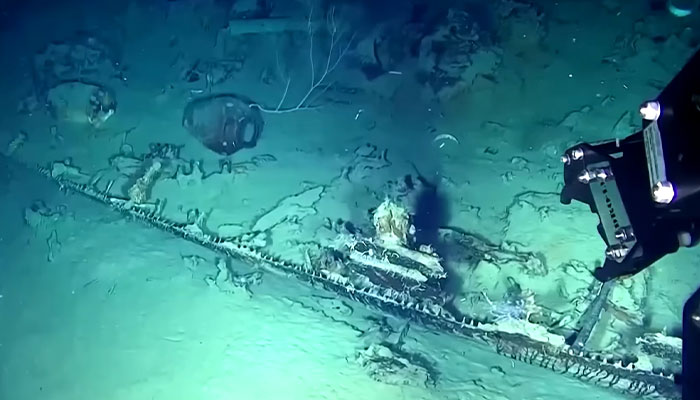
Colombia’s President, Gustavo Petro, said he wanted to retrieve the vessel before his term concludes in 2026
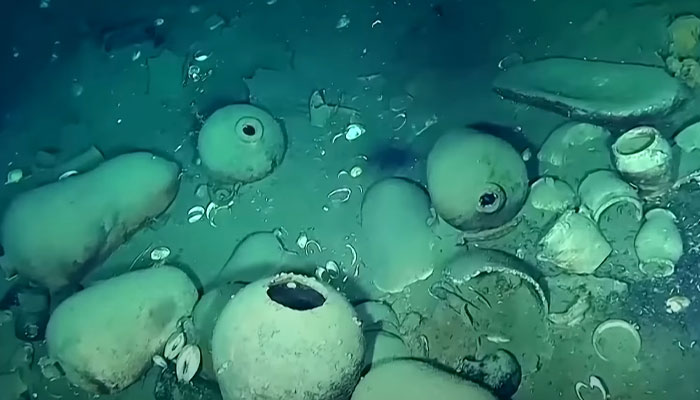
The unavoidable dispute over who should claim the bounty worth up to $20 billion raises questions about the widespread rightful owners of other historical treasures.
Recent debates have emerged in the past couple of years regarding the theft of African artifacts dating from Western colonization.
According to chronicles written at the time, the vessel carried approximately 11 million gold and silver coins

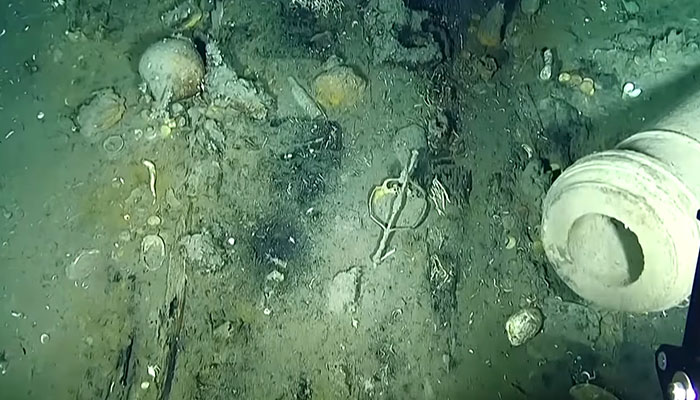
In fact, London’s Horniman Museum announced in August 2022 that it will hand over ownership of its 72 famous Benin Bronzes to Nigeria.
Heritage experts have expressed in the past their belief that the Benin Bronzes, which have languished in museums all over the world for almost 125 years, should be returned to their places of origin.
The San Jose met its fateful end on June 8, 1708, during the War of the Spanish Succession, as it succumbed to the might of British Royal Navy vessels
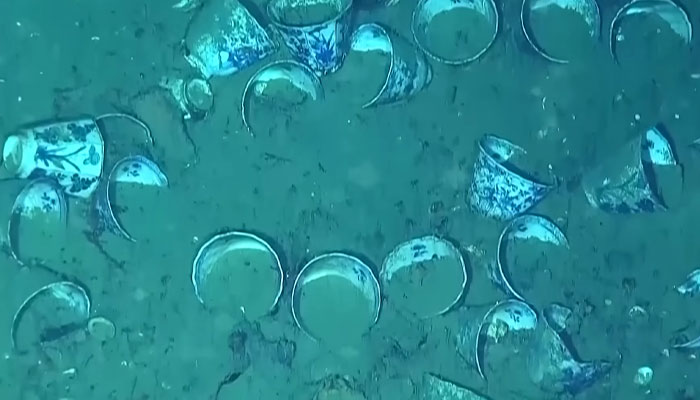
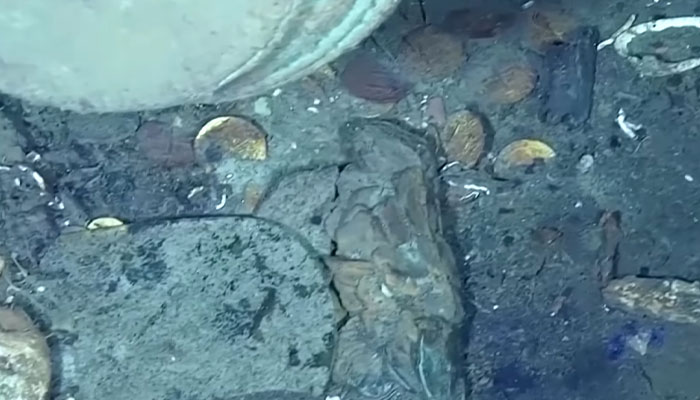
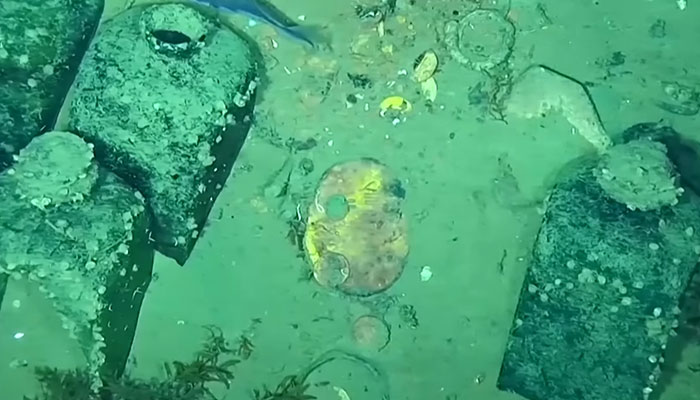
As well as bronze regalia, plaques, and sculptures of people and animals, the haul included ivory, coral, and wooden items.
Nigeria’s endeavor to retrieve the bronzes commenced in the 1930s, gained momentum upon achieving independence in 1960, and saw significant progress in 2007 when the Benin Dialogue Group (BDG) was established.
This group comprises representatives from Nigerian and European cultural institutions, with a shared focus on reuniting these artifacts in Benin City.
“We’ll also unite the dispersed objects on a single digital platform called Digital Benin,” says BDG co-chair Professor Abba Tijani of Nigeria’s National Commission for Museums and Monuments, which has issued formal repatriation requests to many museums holding Benin Bronzes.
You can watch video footage of the Spanish galleon San Jose being explored below:
In January 2022, they reached out to the Horniman Museum, urging them to conduct an investigation into the origins of the artifacts under their guardianship.
“The evidence is very clear that these objects were acquired through force, and external consultation supported our view that it’s both moral and appropriate to return their ownership to Nigeria,” announced Eve Salomon, chair of the Trustees of the Horniman Museum.
Some items may remain on loan in London, for display, research and education, National Geographic reported.
The shipwreck’s ownership sparked debates








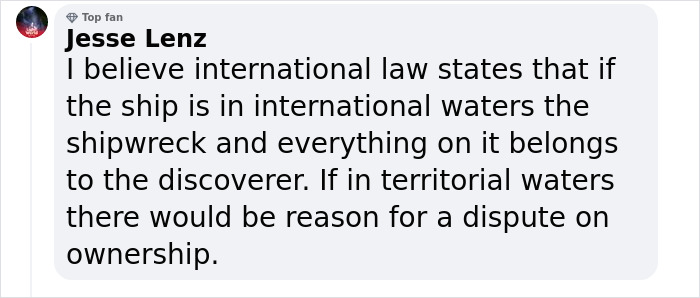

 Lei RV
Lei RV
Renan Duarte
News